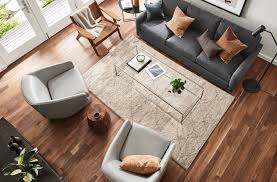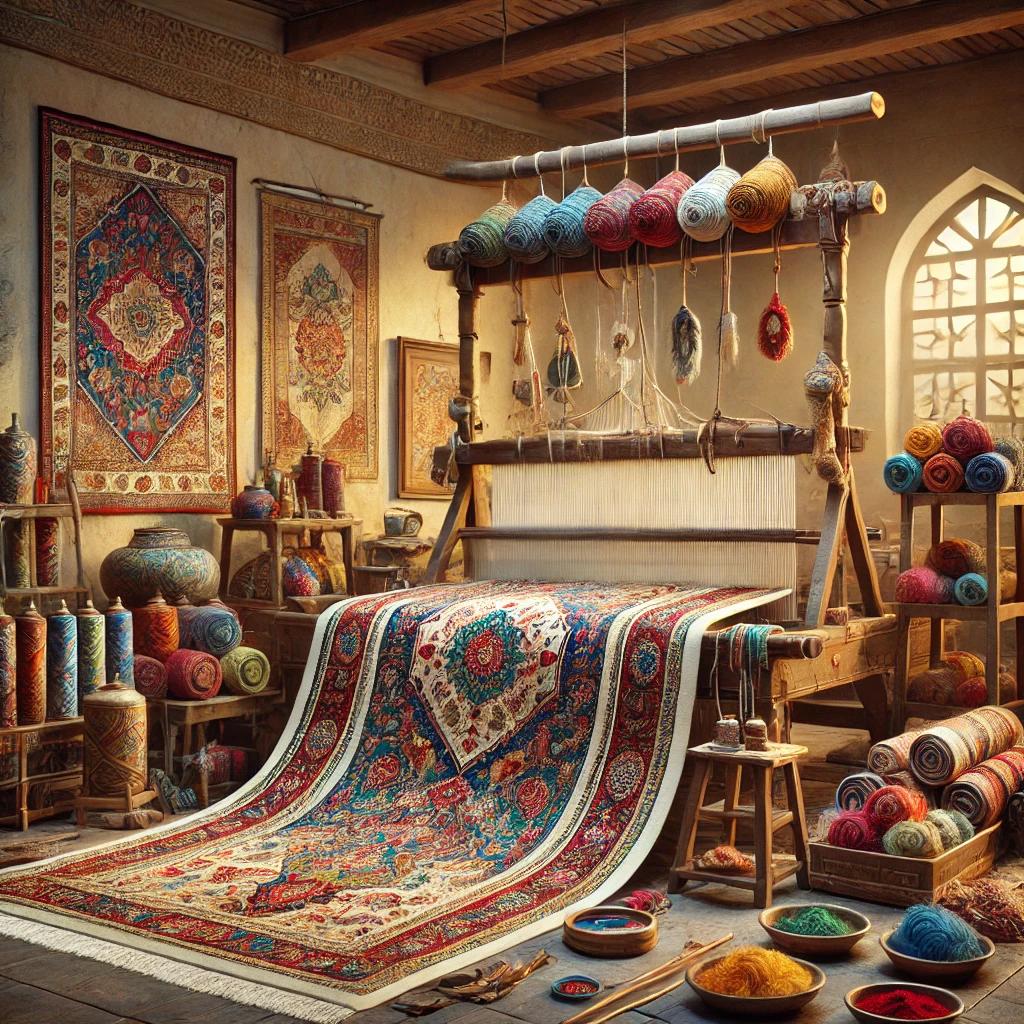A Comprehensive Guide to Choosing the Perfect Area Rugs
Estimated reading time: 7 minutes
Key Takeaways
- Area rugs can dramatically change the look, feel, and functionality of your space.
- Size selection is crucial for creating visual harmony and defining different zones.
- Oriental rugs come in both small and large sizes, each serving a distinct aesthetic purpose.
- Proper care and maintenance ensure the longevity of your rugs, whether small or large.
Table of contents
Introduction
Area rugs are a versatile home décor element that can transform the look and feel of any room. When chosen correctly, these rugs not only enhance aesthetics but also balance and expand the perceived spaciousness of a space. Whether you’re debating between small Oriental rugs or large ones, it’s essential to understand how different sizes can influence décor outcomes. According to experts, area rugs play a significant role in interior design by affecting room aesthetics and functionality. It’s crucial to select the right size for visual harmony and comfort (Source 1, Source 2).
Understanding Area Rugs
Area rugs are textile floor coverings specifically made to cover a designated section of the floor. They serve decorative, comfort, and practical purposes such as sound absorption. Common varieties include Oriental, Persian, shag, and flatweave, each offering unique textures and durability. Unlike wall-to-wall carpeting, area rugs offer flexibility — they are easier to swap, maintain, and redecorate with. Moreover, they help anchor furniture setups and add a layer of warmth to any room. The benefits of using area rugs over full carpets include easier maintenance and the ability to quickly update a room’s style (Source 1, Source 2) and the best rug materials for high-traffic areas in your home.
Small Oriental Rugs
Small Oriental rugs are renowned for their intricate patterns and exceptional craftsmanship. They are ideal choices for:
- Adding pops of color in entryways or beside beds.
- Layering over larger, neutral rugs to create depth and interest.
- Defining spaces within a larger area or open floor plan.
These rugs efficiently add visual interest and distinctly mark different zones within a space, as explained in various interior design studies (Source 1, Source 2) and how to identify an authentic Persian rug.
Large Oriental Rugs
Large Oriental rugs feature expansive patterns and are effective in serving as a room’s focal point. They work best in:
- Living rooms, dining areas, and master bedrooms to anchor furniture groups.
- Reducing echo and unifying the décor in open-concept spaces.
Large rugs help define the primary function of a space, tying all decorative elements together seamlessly. Their size and aesthetic pull play a crucial role in enhancing the atmosphere of large rooms (Source 1, Source 2, Source 3).
Comparing Various Rug Types and Terminologies
Understanding the terminology used in describing area rugs can help you make better choices:
- Area rugs: Cover specific areas, not intended for wall-to-wall use.
- Rugs area: Often a search term used interchangeably with “area rugs.”
- Rugs and rugs: Typically implies layering multiple rugs for added texture.
- Rug rugs: Possibly redundant, but can refer to emphasis on layering.
These terms often surface in searches due to varied phrasing but generally relate back to the fundamental concept of using rugs to define or decorate spaces. Area rugs offer advantages over full carpeting, especially regarding maintenance and style versatility (Source).
Choosing the Right Size for Your Space
Selecting the correct rug size involves a few crucial steps:
- Identify the focal points like coffee tables or dining sets and understand the general furniture layout.
- Measure the floor space that needs covering, keeping in mind to leave about 18-24 inches of bare floor around the rug edges.
- Ensure that in dining areas, the rug extends at least 24 inches beyond the table edges to accommodate chairs.
- In living areas, try to have all front legs of the furniture on the rug to ensure a unified look.
Choosing between small Oriental and large Oriental rugs—or other sizes—depends significantly on the space’s functionality and the desired aesthetic effect. Read more tips in choosing the right rug size: tips for every room.
Placement Tips for Area Rugs
Proper rug placement can drastically enhance a room’s appearance and functionality:
- Use large rugs under main furniture groupings to anchor the setup correctly.
- Employ smaller rugs for defining areas like under coffee tables or bedsides for a cozy effect.
- Experiment with layering: a vibrant smaller oriental rug placed over a larger neutral one can add significant style.
Maintenance and Care for Area Rugs
Maintaining area rugs involves regular care:
- General care: Vacuuming, immediate stain removal, and periodic rotation to avoid uneven wear.
- Small Oriental rugs: Often need shaking out and spot cleaning to maintain their intricate designs.
- Large Oriental rugs: Might require professional cleaning due to their size, and should be protected from direct sunlight with appropriate rug pads to prevent slipping. Learn about modern cleaning methods in rug cleaning tech: ultrasonic chemical-free innovations.
Conclusion
Choosing the right area rugs involves a deep understanding of the intended space’s size, function, and design aesthetics. Properly sized and well-placed rugs enhance the beauty and functionality of a room, making it essential to consider all aspects carefully, including maintenance to ensure longevity and visual appeal.
Frequently Asked Questions
What’s the ideal rug size for under a dining table?
It’s *generally recommended* that your rug extends at least 24 inches beyond each side of the table, so chairs remain on the rug even when pulled out.
Should all furniture legs be on the rug?
Placing front legs of furniture on the rug is a popular approach for living spaces, creating a *cohesive look*. However, different arrangements can work depending on room layout.
How often should I professionally clean my Oriental rug?
If a rug is in a high-traffic area, consider professional cleaning every 12-18 months to *prevent dirt buildup* and maintain vibrant colors.



